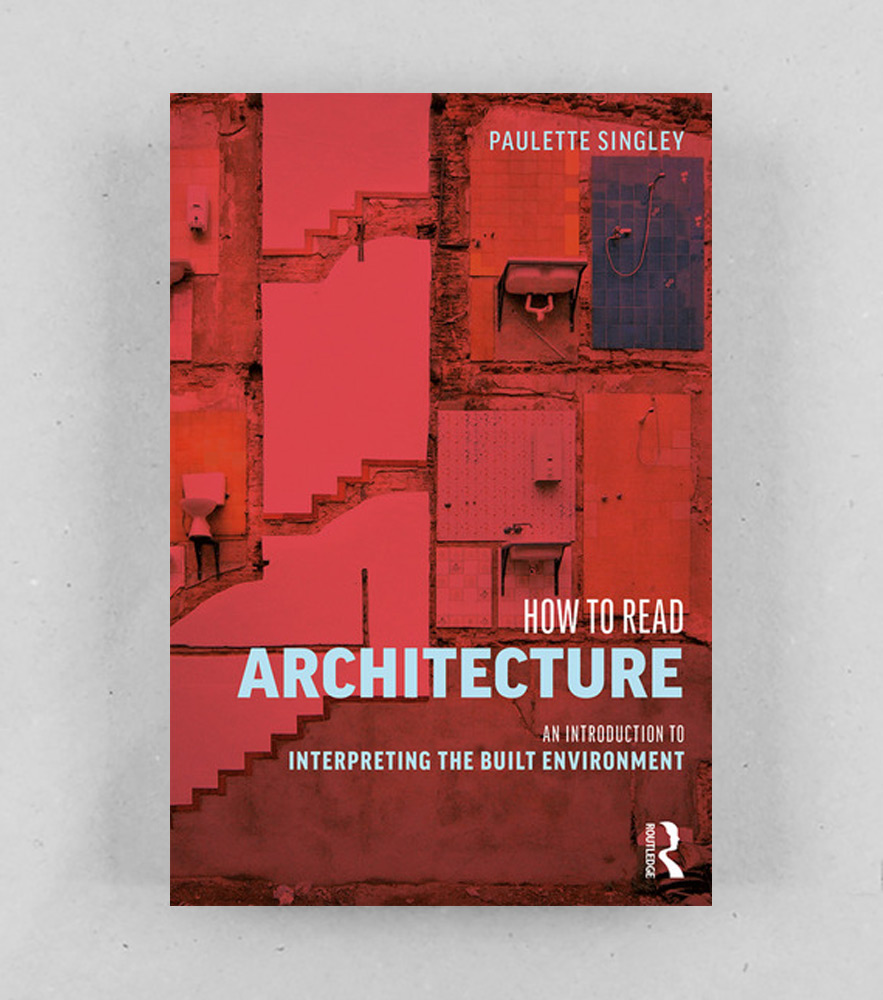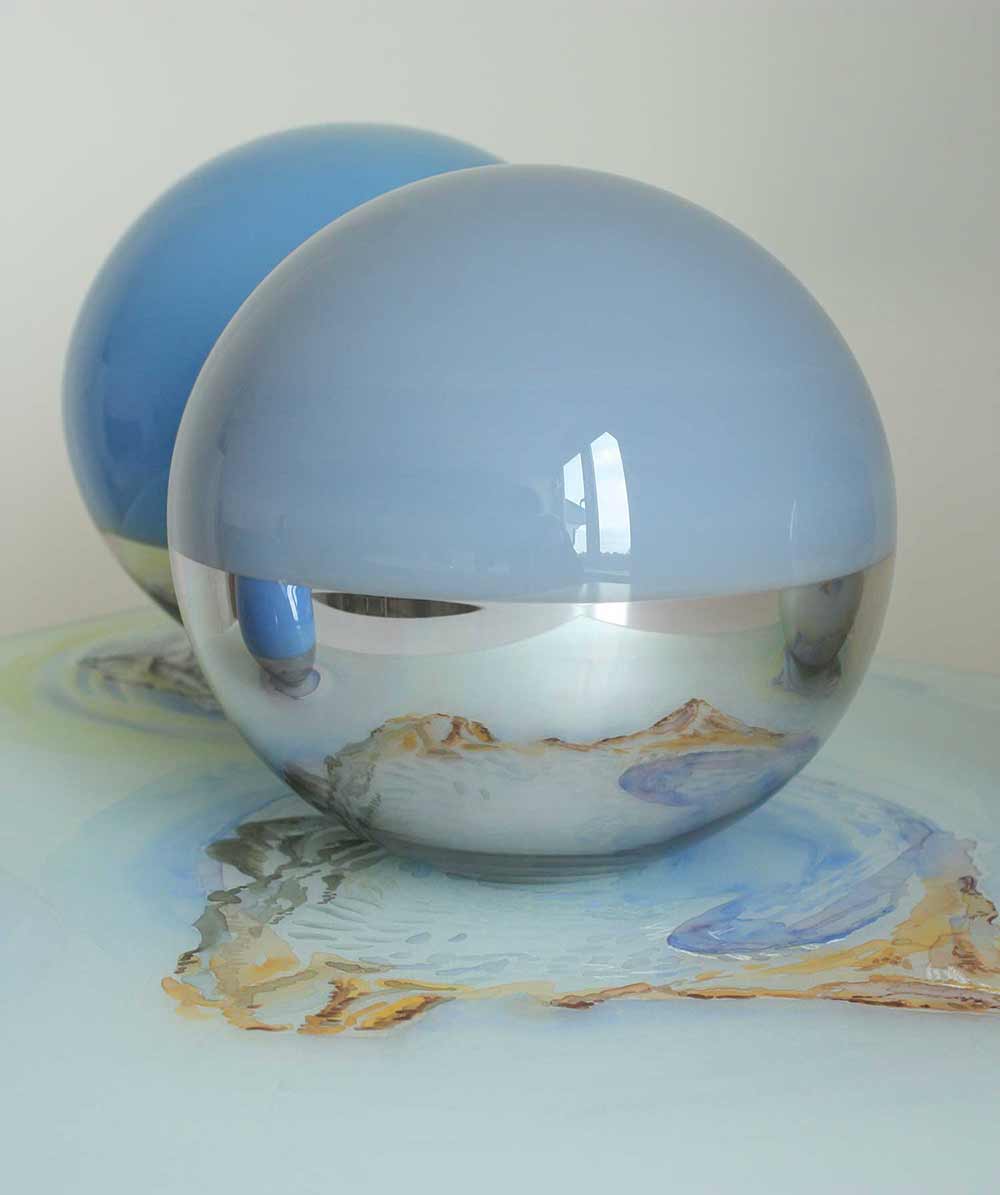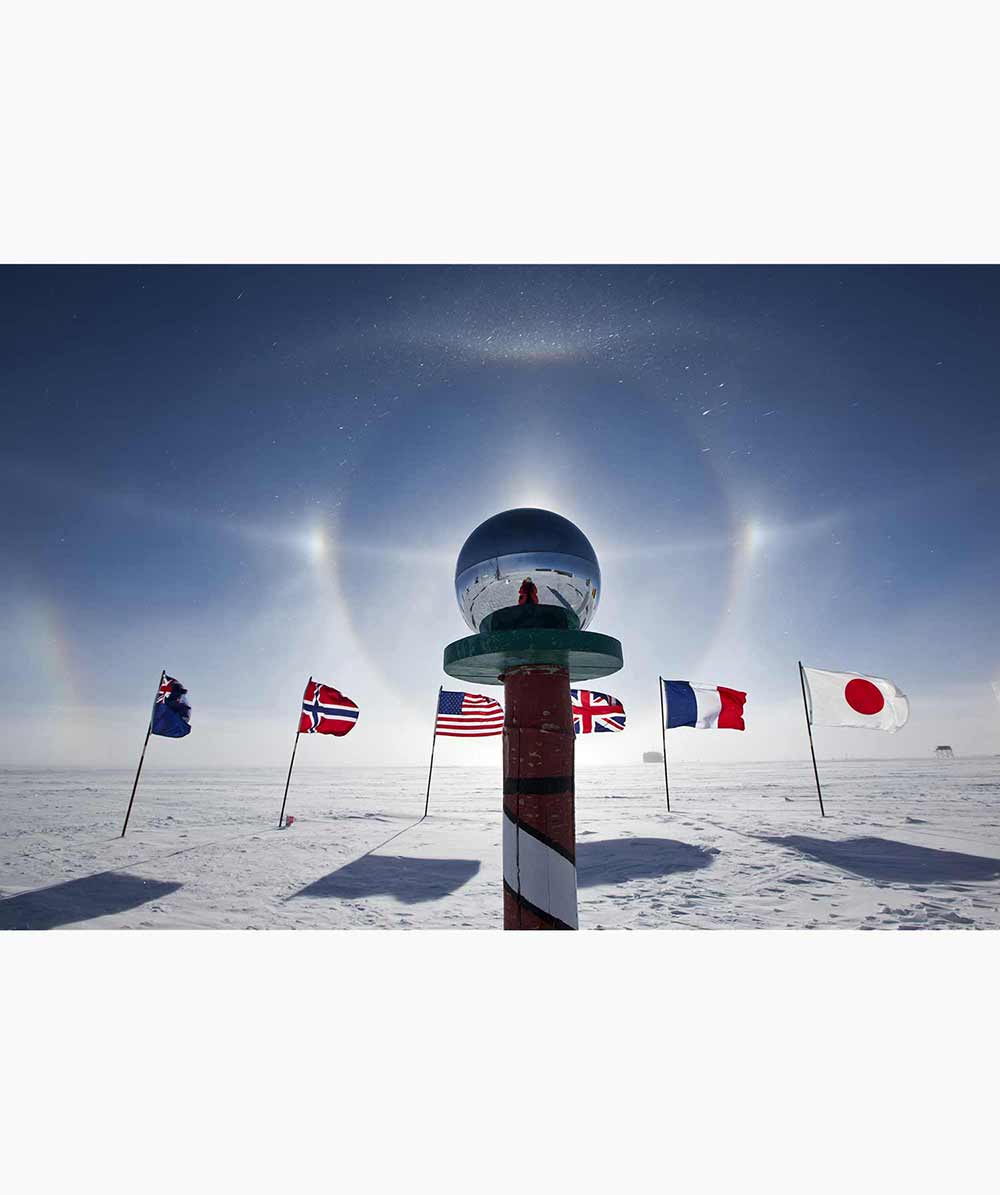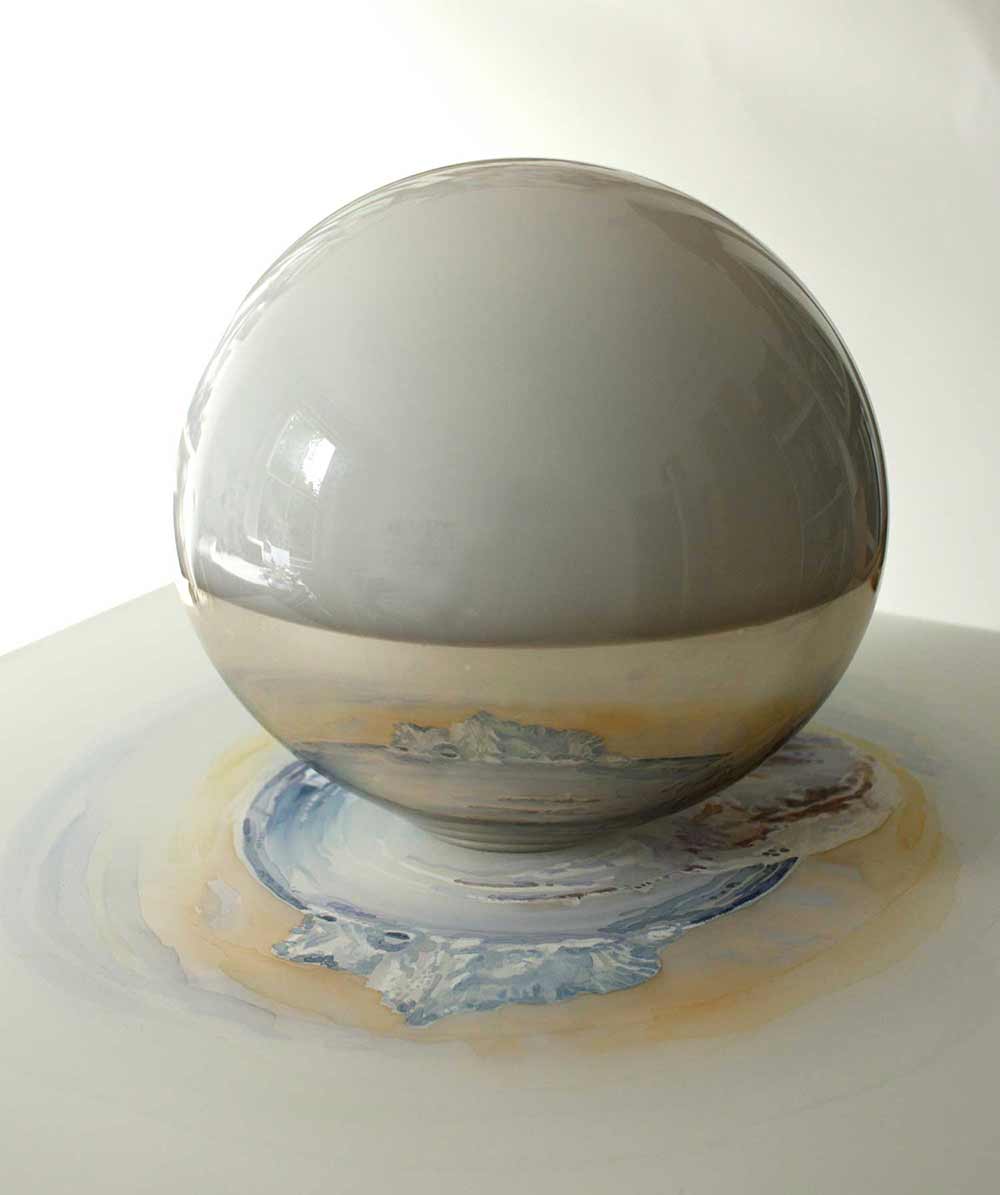- Login
Site-Reading Writing Quarterly
Reader’s Biography
I read the newsfeed on my phone and sometimes the paper, and e-mails – a lot. I think about novels that I want to read and then don’t read them; I read my students’ writing, my own writing and re-write. I am reading a huge catalogue titled Critical Zones: The Science and Art of Landing on Earth edited by Bruno Latour and Pieter Weibel, and a pair of very small books – Kathryn Yusoff’s A Billion Black Anthropocenes or None, and Ursula K LeGuin’s The Carrier Bag Theory of Fiction with an introduction by Donna Haraway. I am reading to my son out loud at bedtime – Tolkien’s The Lord of the Rings.
Reader’s Biography
Paulette Singley shuttles back and forth between teaching architectural history-theory classes and building design studios. This dual vocation allows her to read texts as potential inspiration for studio projects and to develop writing and research as indispensable tools for studio work. This also accounts for the wide-ranging subject matter she has covered in her publication history, from Fascist Rome to architectural dollhouses, all produced through a feminist lens. For the spring of 2021 she is reading the foodscape of Rome, Italy as a recipient of the Adele Chatfield-Taylor Rome Prize at the American Academy in Rome. On the desk in front of her the following books have been consumed voraciously: Karima Moyer-Nocchi and Giancarlo Rolandi’s The Eternal Table: A Cultural history of Food in Rome, Oretta Zanini de Vita’s Popes, Peasants and Shepherds: Recipes and Lore from Rome to Lazio, Fabio Parasecoli’s Al Dente: A History of Food in Italy, Katie Parla and Kristina Gill’s Tasting Rome: Fresh Flavors and Forgotten Recipes from an Ancient City, and June di Schino’s Arte Dolciaria Barocca: I Segreti del Credenziere di Alessandri VII.
Reader’s Abstract
How to Read Architecture: An Introduction to Interpreting the Built Environment is a guide to reading architecture for those without a guide book. It begins on the outside with what we have to hand; our reason, our eyes, our spatial understanding, a bit of local knowledge and a willingness to observe. The book suggests four strategies for reading: Reading Between the Lines characterizes architecture as legible and opens the way; Outside-In Architecture considers architecture through its situatedness and context; Inside-Out Architecture understands architecture as enabling inhabitation; Out-and-Out Architecture approaches architecture through its formal aesthetic geometries. With these methods Singley shows the way and guides us on an elegant, erudite, and distinctive grand tour.
Reader’s Abstract
Antarctica, Art, and Archive spirals around the en plein air watercolor paintings that Edward Adrian Wilson (1872–1912) produced during his two expeditions to Antarctica: the Discovery expedition from 1901 to 1904 and the Terra Nova expedition from 1910 to 1913. The book researches historical precedents for understanding the environment through archives of Antarctic exploration, nineteenth-century mapping, anthropology, and observations of the weather and climate. What is perhaps most significant is that the content of the work determines its form, as ice becomes a new epistemological lens with which to replace modernism’s dominant metaphor of glass and to act upon a world in which Wilson’s views of antarctica are disappearing as icebergs retreat under climate change. The book also includes discussions of the Scott Polar Research Institute and its archive, the Buckminster-Fuller-inspired Climatron, Pier Luigi Nervi’s unrealized design for the Pitt Rivers Museum and proposed Centre for the Study of Anthropology and Environment, Berthold Romanovich Lubetkin’s Penguin Pool at London Zoo, Joseph Paxton’s Crystal Palace, and more. Antarctica, Art, and Archive offers a sublime, essential, and beautifully written addition to one’s library.

Antarctica, Art, and Archive (Bloomsbury: 2020)

How to Read Architecture (Routledge: 2019)
Writer’s Biography
Polly Gould is an artist, writer and curator who shows with Danielle Arnaud in London. She has made work in relation to collections and archives, libraries, museum collections, botanic gardens, and extreme environments. Her solo show in February 2020 was titled Architecture for an Extinct Planet at Danielle Arnaud. Recently her writing has engaged with John Ruskin and John Tyndall in a form of ecocriticism in pieces that develop an archival approach with a fieldwork aspect. ‘Ruskin’s Storm-Cloud and Tyndall’s Blue Sky: New Materialist Diffractions of Nineteenth-Century Atmospheres’ in Ecocriticism and the Anthropocene in Nineteenth-Century Art and Visual Culture, (Routledge, 2019).
Writer’s Biography
Paulette Singley is an architectural historian who likes to cook and read detective novels set in ancient Rome. Her most recent book, How to Read Architecture: An Introduction to Interpreting the Built Environment (Routledge) erodes boundaries between the frequently compartmentalized fields of interior design, landscape design, and building design. She lives in Altadena, California and is a Professor of Architecture at Woodbury University. She co-edited Eating Architecture with Jamie Horwitz and also co-edited Architecture: In Fashion and has published chapters in several anthologies as well as essays in architecture journals such as Log and Assemblage.
Writer’s Abstract
In this genre-crossing narrative Gould takes us on a journey to the South Pole, through art and archive. Through the life and watercolours of polar explorer, Edward Wilson, and through the work of a pioneer of modern anthropology, Franz Boas, Gould exposes the legacies of colonialism and racial and gendered identities of the time. Gould argues that the medium matters and that the practices of observation in art, anthropology and science determine how we see and what we know. Stories of exploration and open-air watercolour painting, of weather experiments and ethnographic collecting, of evolution and extinction, are interwoven to raise important questions for our times.
Writer’s Abstract
How to Read Architecture explores three essential ways to help you understand architecture: reading a building from the outside-in, from the inside-out, and from the position of out-and-out, or formal, architecture. This book erodes boundaries between the frequently compartmentalized fields of interior design, landscape design, and building design with chapters exploring concepts of terroir, scenography, criticality, atmosphere, tectonics, inhabitation, type, form, and enclosure. Using examples and case studies that span a wide range of historical and global precedents, Singley addresses the complex interaction among the ways a building engages its context, addresses its performative exigencies, and operates as an autonomous aesthetic object.

Polly Gould, Observation Hill, 2012 (hand-blown colored and mirrored glass, watercolour on sand-blasted glass, 72 x 59 cm x D. from 10 to 22 cm). © Polly Gould

The Ceremonial Pole at the South Pole surrounded by the national flags of the countries which were the first to sign the Antarctic treaty. December 30, 2011. Photograph by Devon Stross. Courtesy of the National Science Foundation/ Antarctic Library.

Polly Gould, Berg off Cape Evans, 2012 (hand-blown colored and mirrored glass, watercolour on sand-blasted glass, 40 x 40 x D.18 cm). © Polly Gould
About Issue 6
Site-Reading Writing Quarterly celebrates reading and writing as situated practices, releasing a special pair of seasonal reviews four times a year.
Each solstice and equinox I invite writers to swap recently completed written works and to provide a situated ‘review’ of each other’s work. This involves raising a shared issue/concern, connecting out to another work/text/set of ideas, and/or producing a creative response to an aspect of the writing which might be fictional, prose, visual, sonic, filmic … These acts of exchange open up ways of ‘reading writing’ differently, generating multiple modes of engagement with words, and exploring the practice of ‘reviewing’ from a situated perspective, one that critiques and experiments with the genre of the ‘critical review essay’, creating something far more entangled.
For this March 2021 equinox issue I have invited artist, Polly Gould, and architectural historian, Paulette Singley, to respond to each other’s books, both of which engage in practices of positioned observation. Gould reads Singley’s How to Read Architecture by practising Singley’s own interpretative and observational methods – of outside-in, inside-out, and out-and-outalongside her curation of those visual references that both books share. Singley ends her close reading of Gould’s Antarctica, Art, and Archive by re-locating the eco-critical practices of observation in art, anthropology and science that Gould explores in relation to the Californian sites in which her own reading of Gould’s book took place. These writers’ inter-connected readings encourage an ecological approach to criticism and practice, that brings ‘over there’ into presence ‘right here.’
With this in mind, this equinox sees two new contributions to Site-Writing: ‘CORVID-19’ from PA Skantze and Matthew Fink (Four Second Delay) is an extraordinary duet between letter-writing vegan-turned crows, who dialogue across the debris of a pandemic-scarred landscape. And ‘Station F’ is produced out of filmmaker and podcast producer, Pauline Blanchet’s, transverse of Paris, through which she questions the ambivalent use of history in creating digital futures.
For Critical Spatial Practice Camillo Boano translates parts of his new book, Progetto Minore (Siracusa: Letteraventidue, 2020) into English, writing ofhow ‘multiverses of spatial otherness … have challenged the silence imposed by the modernity/coloniality matrix.’ Operating in such a minor mode are: Desiring the Dark, where Feminist City Light Capers (FCLC) present FeministScenographies, the City, and the Night – a series of scenographic urban actions in Montréal, which resonate strongly with the recent tragic murder of a young woman by a member of the London Metropolitan Police; Dorita Hannah’s and Sean Coyle’s Island Icarcus (2016–2019), a set of ‘iterative’ co-created installations provoked by the death of Omid Masoumali, a 23-year-old Iranian asylum seeker who tragically set himself on fire in April 2016 on the Pacific island of Nauru; and Ignacio Rivas’ ‘An Independent and Flexible and Precarious and Overworked, Rehearsal’ that performs the tensions that can occur when home and work are brought into close proximity.
If have a written work that you’ve recently completed and someone you’d like to read it, or would like to write a response to a new book you’ve just read, or contribute a project to either Critical Spatial Practice or Site-Writing: please let me know: – j.rendell@ucl.ac.uk


Anna Andersen reads Remote Practices: Architecture at a Distance edited by Matthew Mindrup and Lilian Chee (London: Lund Humphries, 2022)

Mary Modeen and Iain Biggs read Michael Hirschbichler’s Spirit Grounds (Verlag für moderne Kunst GmbH, 2022), a publication that accompanies an exhibition
Michael Hirschbichler reads Creative Engagements with Ecologies of Place: Geopoetics, Deep Mapping and Slow Residencies edited by Mary Modeen and Iain Biggs (Routledge, 2020)


MYCKET read Slow Spatial Reader, edited by Carolyn F. Strauss (Amsterdam: Valiz, 2021)
Carolyn F. Strauss reads When Walls Speak, edited by MYCKET, issue 13 of Girls Like Us (2021)






